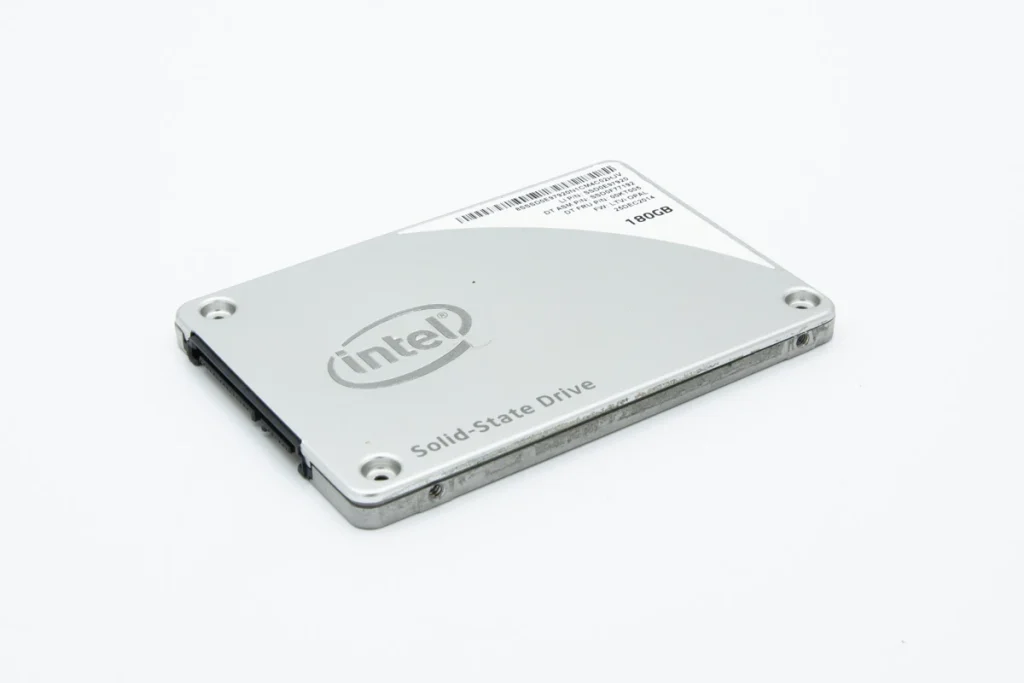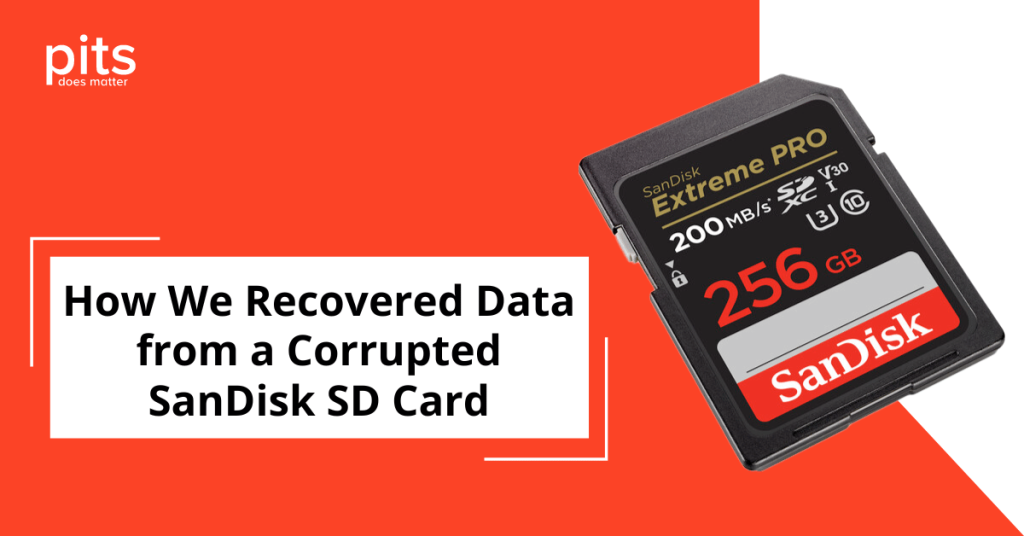Solid-state drives, commonly known as SSDs, have gained significant popularity in recent times owing to their rapid read and write speeds, low power consumption, and silent operation. Nonetheless, akin to any other technology, SSDs are susceptible to failure. When an SSD encounters failure, the data it holds may become inaccessible, resulting in potential data loss. In this article, our team shall delve into the reasons behind SSD failure, the rates at which such failures occur, and the appropriate course of action when confronted with a malfunctioning SSD.
Signs of SSD Failure
Solid-state drives (SSD) are generally regarded as more reliable compared to traditional hard drives (HDDs), which utilise spinning disks to store data. Nonetheless, SSDs can still experience failures due to various reasons.
The failure rate of SSDs fluctuates based on several factors, such as the quality of the components employed, the workload on the drive, and the operating environment.

Causes of SSD Failure
Lifetime End: SSDs possess a restricted number of write cycles before they begin to wear out. This is referred to as the endurance limit. Once an SSD reaches its endurance limit, it becomes prone to failure.
Power Outages: Power outages or surges have the potential to harm the SSD’s circuitry, resulting in failure.
Physical Damage: SSDs can suffer damage if they are dropped, exposed to extreme temperatures, or subjected to other physical stresses.
Manufacturing Defects: Certain SSDs might exhibit manufacturing defects that could lead to premature failure.
Failed SSD Drive Data Recovery
When confronted with an SSD failure, it is important to refrain from attempting any DIY repairs. Such actions could potentially exacerbate the drive’s condition, making data retrieval more challenging or even unfeasible.
If you suspect your SSD has failed, halt its usage immediately. Continued usage may worsen the damage and hinder data recovery efforts.
Seek assistance from PITS Global Data Recovery Services: The most suitable course of action for retrieving data from a failed SSD is to engage the services of a professional data recovery provider. These experts possess the necessary knowledge and specialised equipment to handle damaged drives.
Frequently Asked Questions
Can data be recovered from an SSD?
Yes, data recovery from SSDs is possible, but it comes with its challenges compared to traditional hard drives. The complex architecture of SSDs and their wear-levelling algorithms can make data recovery more intricate and require specialised techniques.
What are the common causes of data loss on SSDs?
Data loss on SSDs can occur for various reasons, including accidental deletion, formatting, drive failure, controller issues, firmware corruption, electronic component failure, and logical errors. Physical damage to the SSD can also result in data loss.
Is data recovery from SSDs different from HDDs?
Yes, data recovery from SSDs is different from HDDs due to the way data is stored and managed. SSDs use NAND flash memory, and their wear-leveling algorithms spread data across memory cells to prolong their lifespan. This adds complexity to the recovery process, requiring expertise in dealing with SSD-specific challenges.
What are the challenges of SSD data recovery?
SSD data recovery can be challenging due to the lack of standardisation in SSD architecture and proprietary techniques used by manufacturers. Additionally, data may be spread across different NAND chips, making it harder to reconstruct files compared to the sequential layout of HDDs.
We’re Here to Help
Our experienced team is committed to helping you recover your critical data. No matter the situation, we work diligently to ensure the best possible outcome. Take action now and let us restore what’s important to you.
Start Recovery Process
"*" indicates required fields


